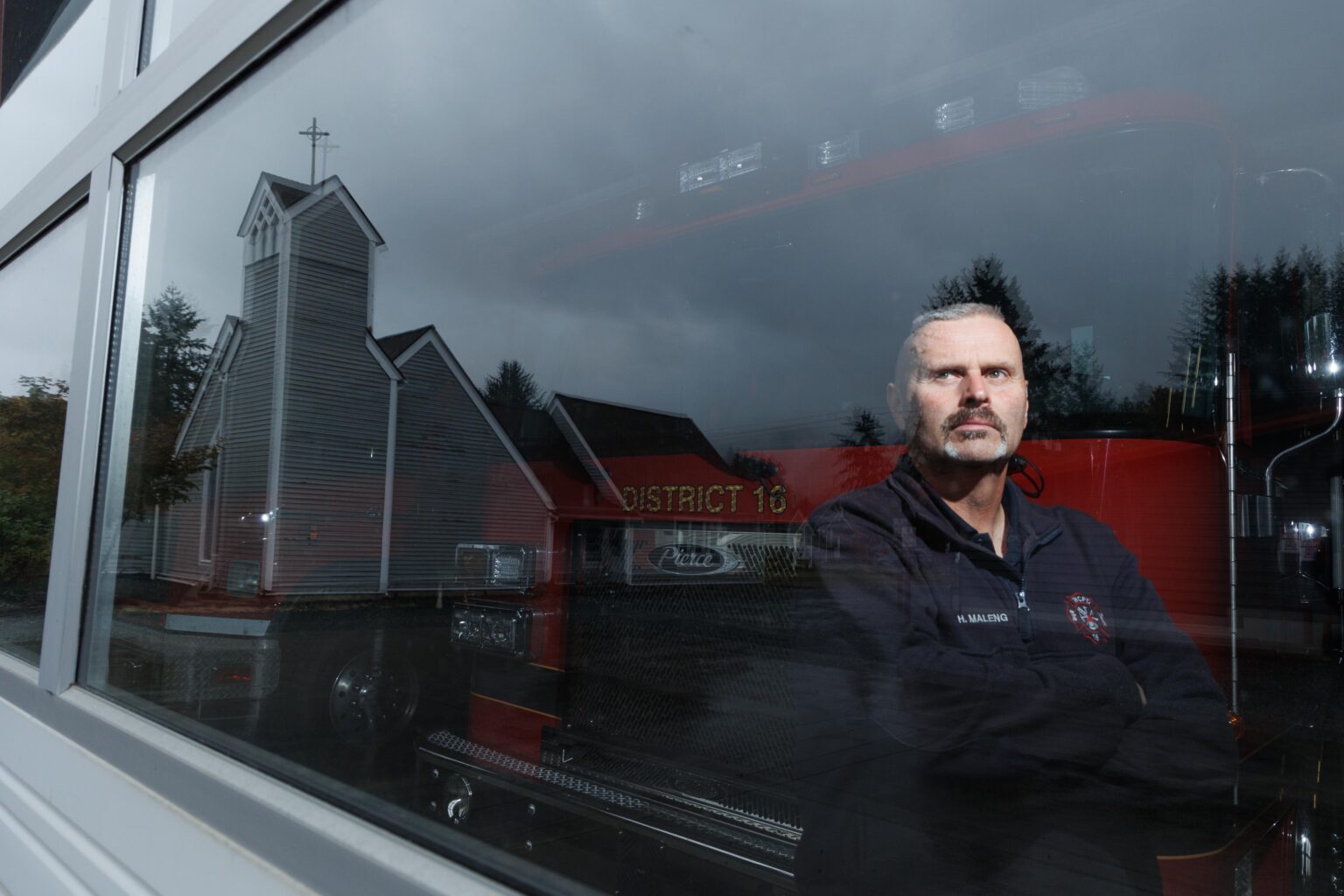This summer's Washington state fire season saw the lowest acreage burned in a decade. That's a relative success for fire management, state officials say, thanks largely to a wet and rainy spring.
It was a welcome reprieve. In the past 10 years, Washington has experienced its three worst fire seasons in recorded history (2015, 2020 and 2021), according to the state Department of Natural Resources.
While fires in the Western Cascades may not be as common, researchers and officials are trying


Try us out
Enjoy 24 hours of unlimited digital access to CascadiaDaily.com for just $1!
Unlock the paywall



